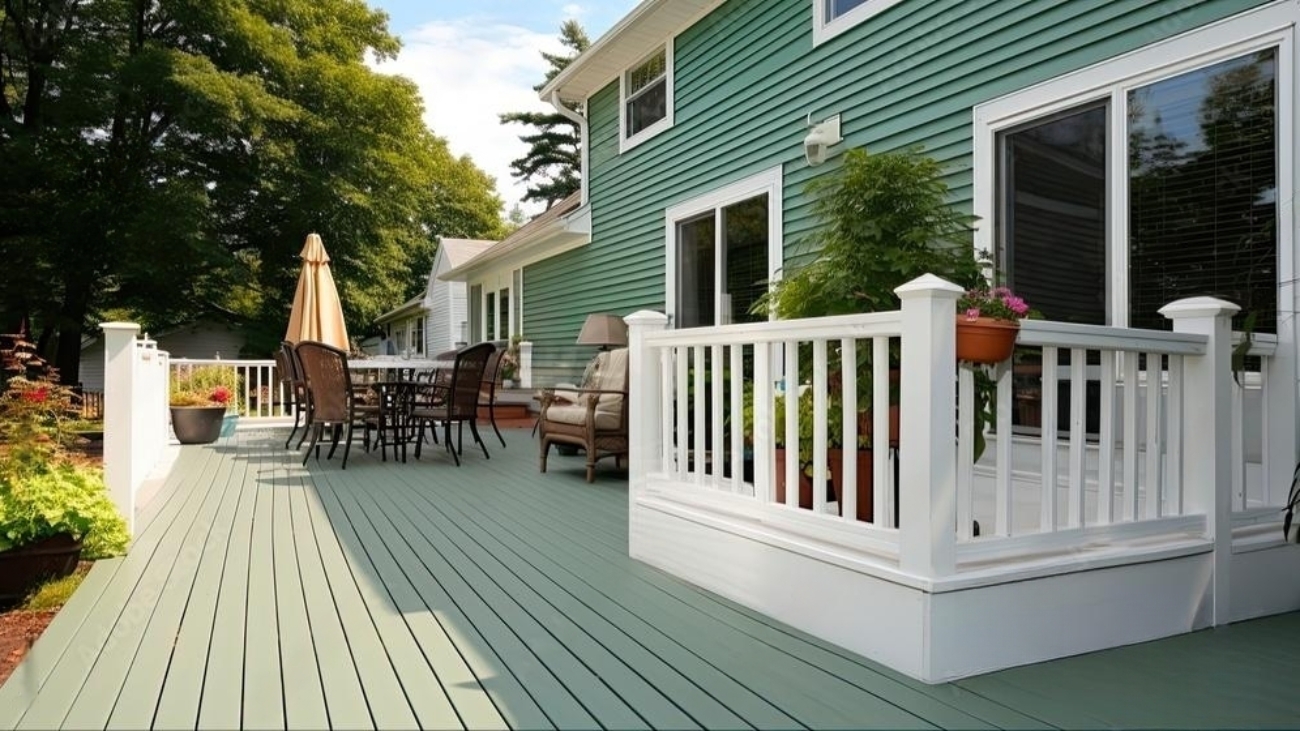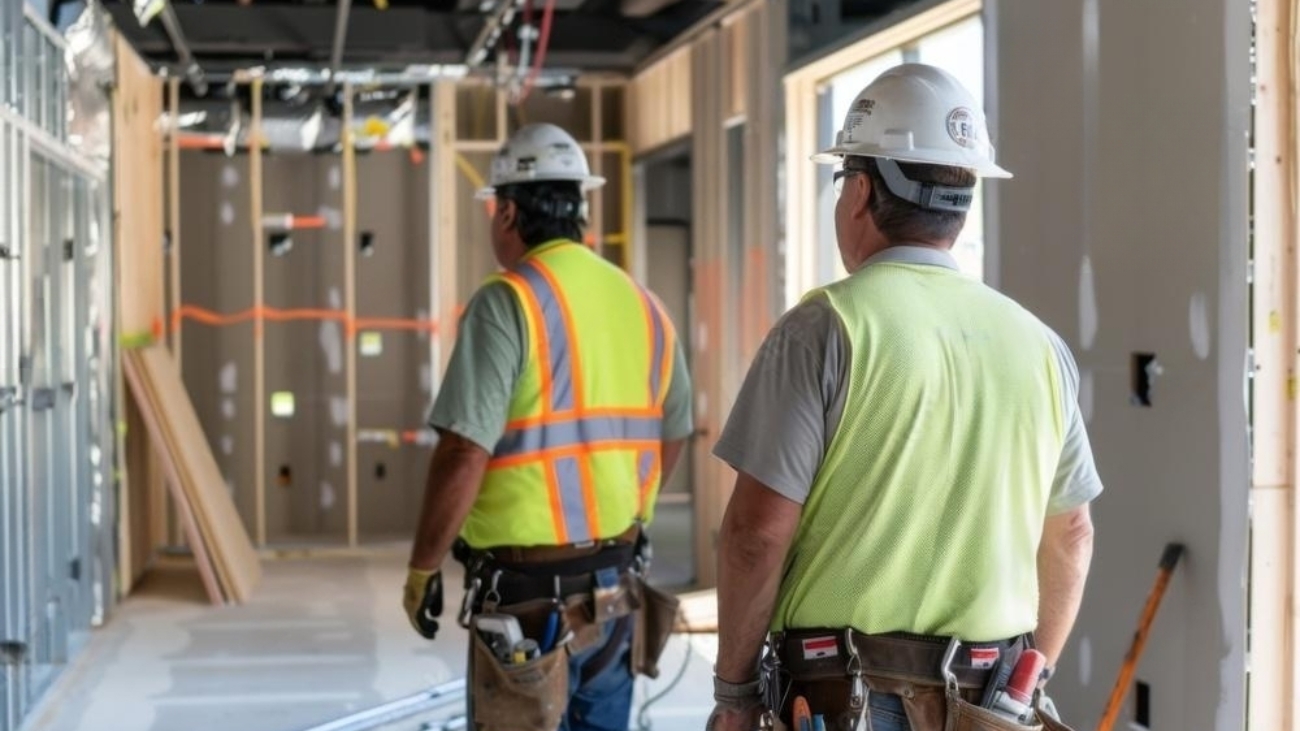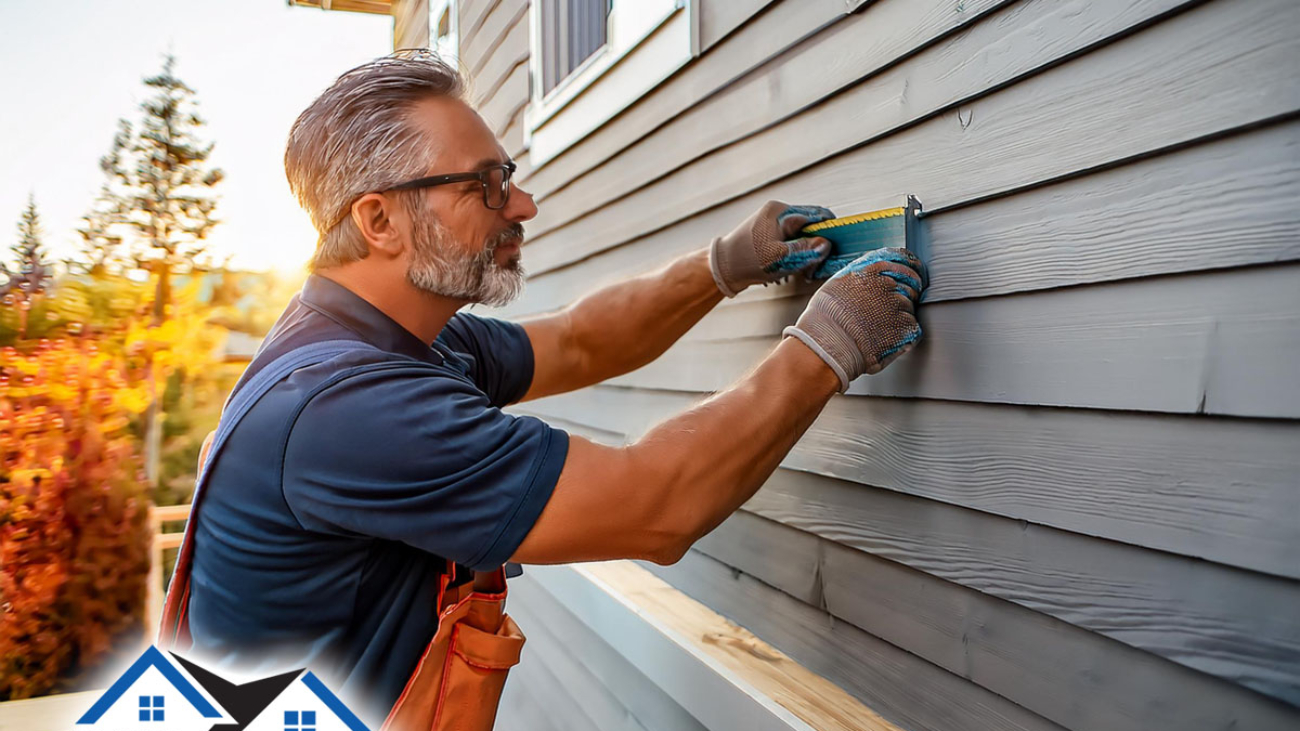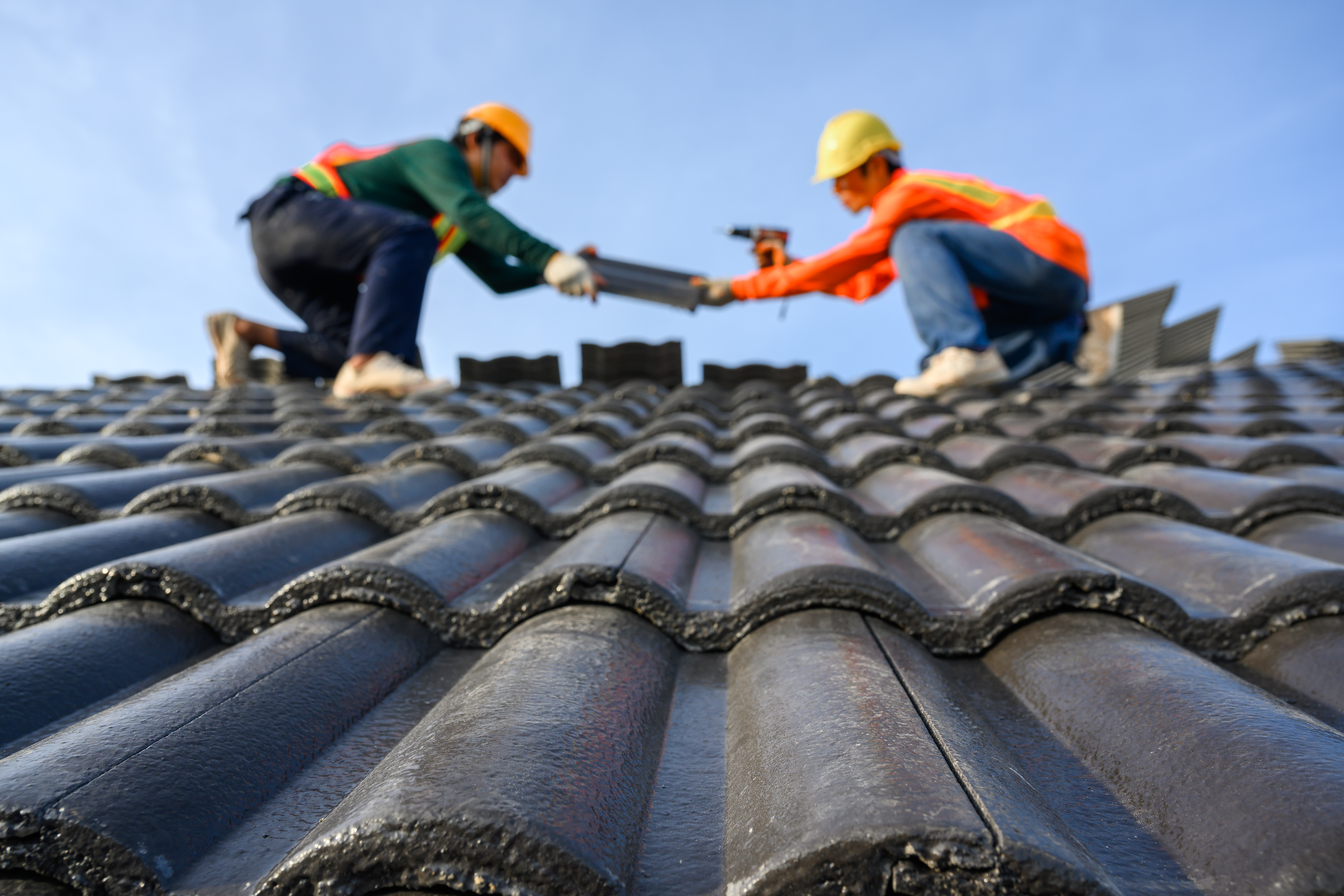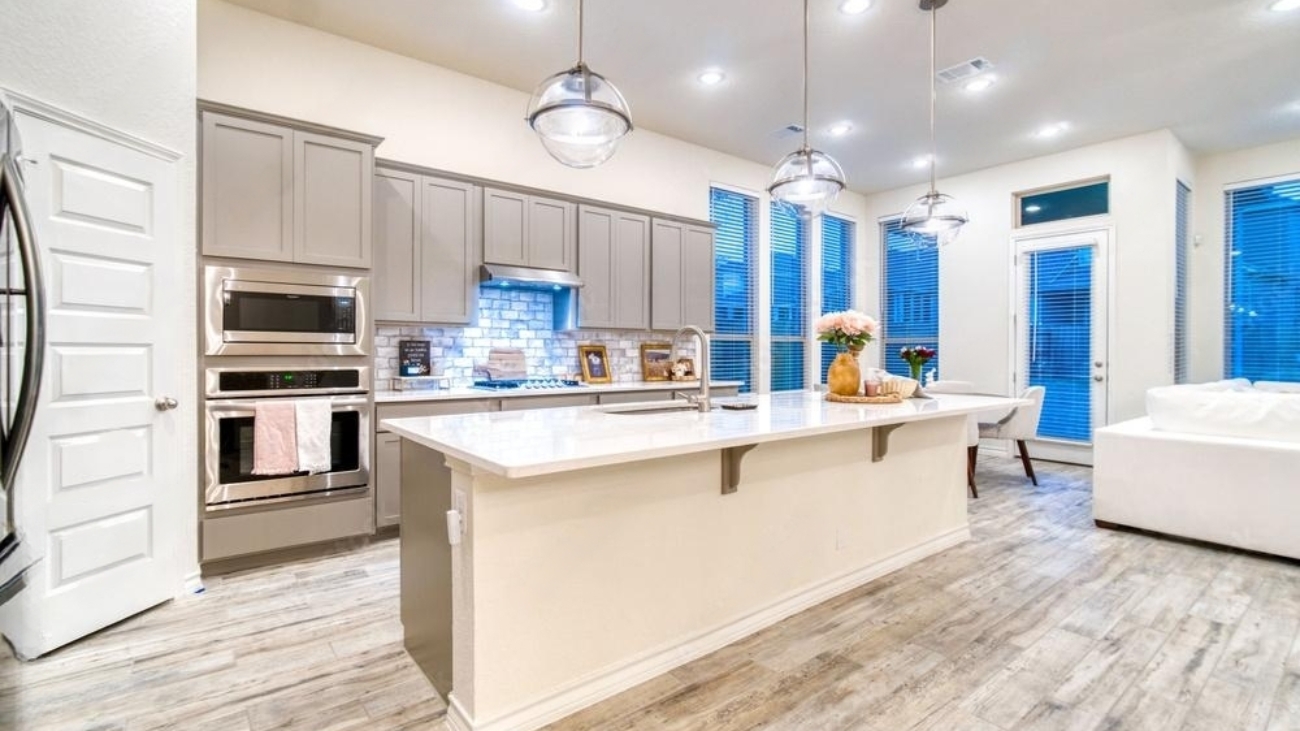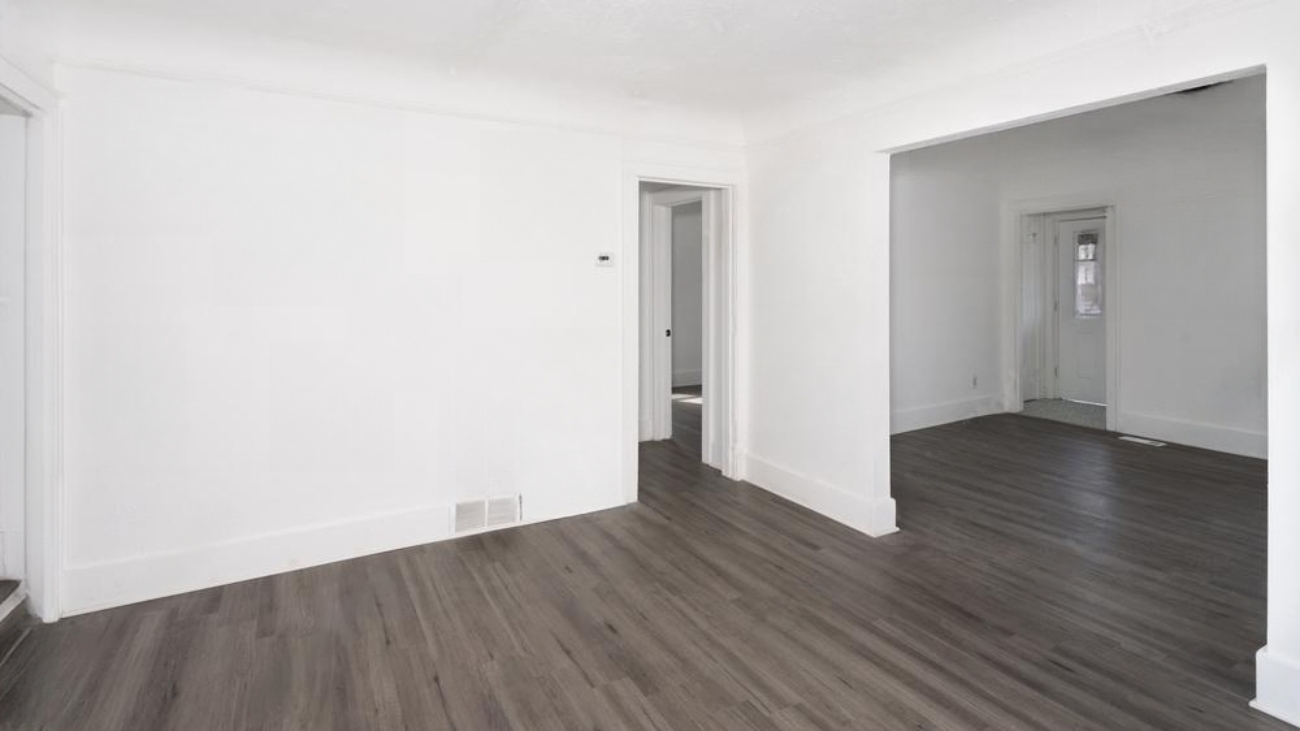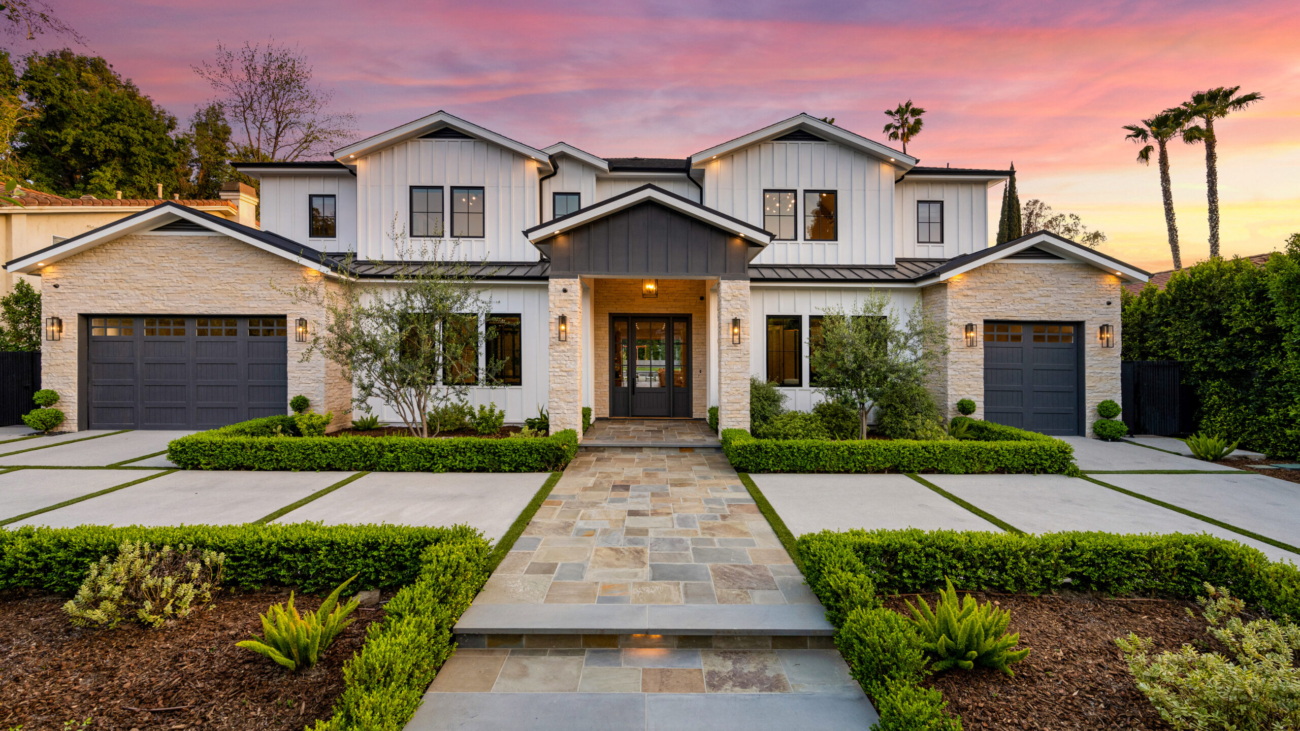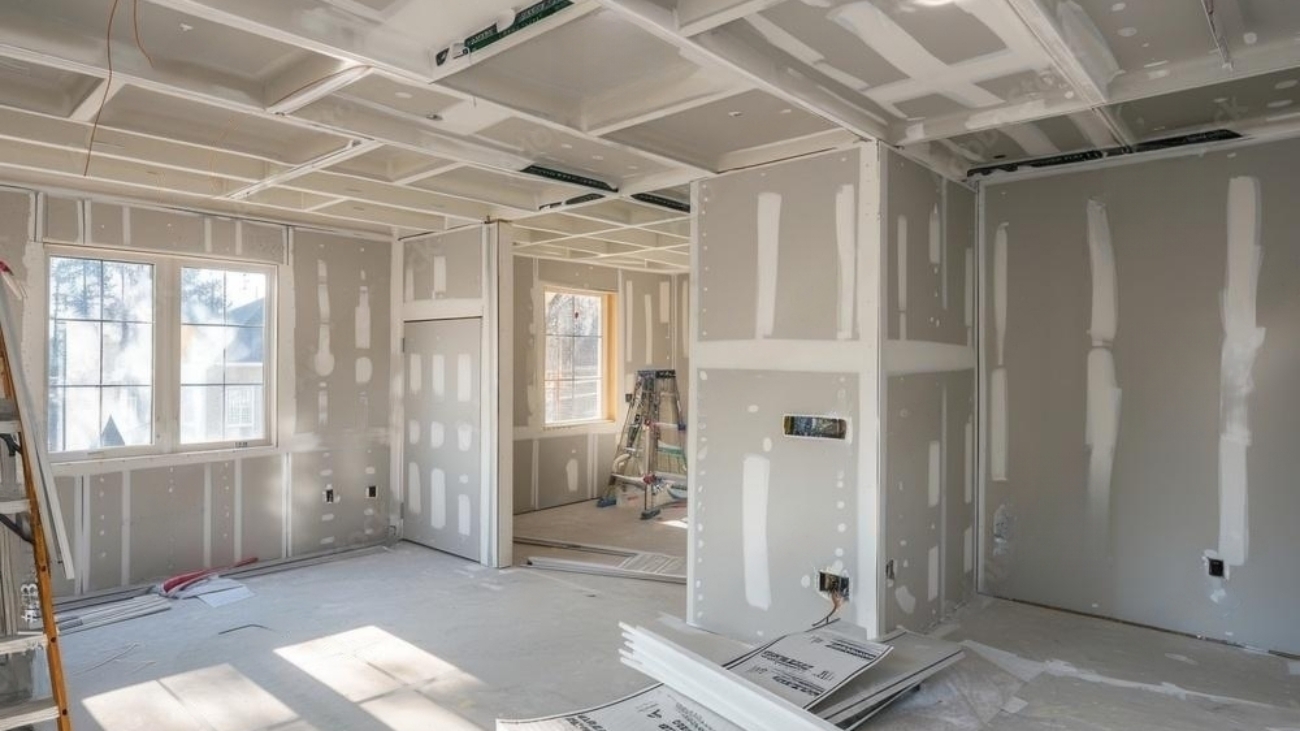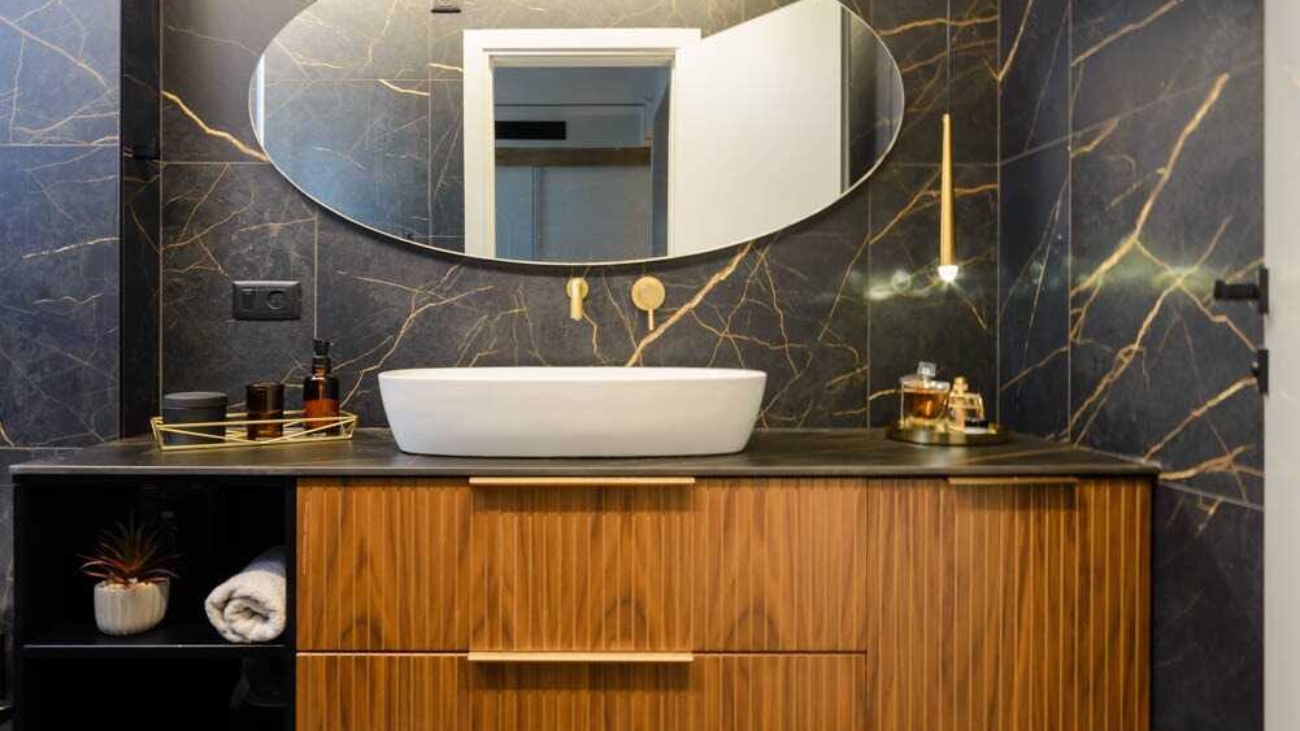Title: Your Home’s Brain: Upgrading to a Smart HVAC System During a Whole Home Remodel
Hey there! So, you’re thinking about a whole home remodel. That’s awesome. We know the drill. You’ve probably been pinching paint colors, debating countertops, and dreaming about that perfect open-concept floor plan. But let’s talk about the thing you’re probably not dreaming about: your HVAC system.
We get it. It’s not as sexy as a new kitchen. But what if we told you that upgrading your heating and cooling could be the single smartest decision you make in your entire full home remodel? It’s like giving your house a brain. A comfortable, money-saving, eco-friendly brain. And for those of us living in the Bay Area, where the weather can’t decide if it wants to be cool, hot, or smoky all in the same afternoon, a smart HVAC system isn’t a luxury; it’s a necessity.
Let’s dive into why this should be at the top of your list.
Why Your Old HVAC is Costing You More Than Just Comfort
Think about your current system for a second. Is it from the 90s? Does it make sounds that would fit right in a haunted house? If you’re dealing with hot and cold spots that make one room a sauna and another an icebox, you’re familiar with the struggle.
Older systems are, frankly, energy hogs. They work hard, not smart. They blast your entire house with conditioned air, regardless of whether anyone is in a room. That’s a huge waste of energy and, let’s be honest, money. You’re literally throwing cash out of your poorly sealed, single-pane windows. When you’re already investing in home remodeling services, ignoring the HVAC is like buying a sports car and putting bicycle tires on it. It just doesn’t make sense.
Upgrading during a general remodeling project is the perfect time because our team at D&D Home Remodeling can integrate everything seamlessly. We’re already opening up walls and planning new layouts, so installing new ductwork or a high-efficiency system becomes a much smoother process. The alternative? Trying to retrofit it later and having to patch up your beautiful new walls. No thank you.
The Smart HVAC Starter Pack: What Are We Even Talking About?
Okay, so “smart HVAC” sounds techie, but it’s pretty straightforward. It’s not just one magic box. It’s a team of components working together. At its core, a modern system includes:
- A High-Efficiency Heat Pump: This is the MVP for our Bay Area climate. It provides both heating and cooling in one unit and is incredibly efficient. It’s the workhorse.
- A Smart Thermostat: This is the brain’s command center. You know the one. It learns your schedule, lets you adjust temps from your phone, and gives you those satisfying monthly energy reports.
- Zoning Systems: This is the secret weapon. Using motorized dampers in your ducts, you can create different climate zones in your house. Goodbye, sauna-bedroom.
- Air Purification & Filtration: Especially important with our wildfire seasons. We’re talking about systems that actively scrub pollutants, allergens, and viruses from your air.
The best part? When you bundle this with a full home remodel, the cost of integrating these systems becomes far more abortable. You’re already managing the project, so adding this in is a logical and efficient step.
The “Why Bother?” Factor: Benefits You’ll Actually Notice
Ever wondered why your neighbor’s energy bill is half of yours? It’s probably not because they enjoy sitting in the dark. It’s likely their home’s systems are just better.
So, what’s in it for you? A lot.
Slash Your Energy Bills
This is the big one. Modern heat pumps and air handlers are dramatically more efficient than systems from even ten years ago. Pair that with a zoning system that only conditions the rooms you’re using, and you’ll see the savings on your very next utility bill. It’s one of the few home upgrades that literally pays you back over time.
Customized Comfort in Every Room
Zoning is a game-changer. You can set the upstairs to be cooler at night for sleeping while keeping the main living area comfortable. No more family arguments over the thermostat. It becomes the boss of your home’s climate, not a negotiator.
Breathe Easier, Literally
We live in Silicon Valley, where innovation is king, but our air quality can be… variable. Integrating a high-grade air purification system during your remodel means you’re creating a sanctuary. It’s a huge win for anyone with allergies or asthma.
It’s Just Smarter
Going on vacation and forget to adjust the thermostat? No problem. Your smart system has you covered. Feeling a heatwave coming in while you’re at work? Crank up the AC from your office so you come home to a perfectly cool house. It’s the kind of convenience you quickly can’t live without.
Choosing Your Weapon: A Quick Comparison
This isn’t a one-size-fits-all situation. Your home in Campbell might have different needs than a house in Morgan Hill. Here’s a basic breakdown to get you thinking.
| System Type | Best For… | The Vibe | Our IMO |
|---|---|---|---|
| Standard Split System (AC & Furnace) | Homes with existing ductwork that just needs an update. A reliable, straightforward choice. | The dependable sedan. It gets you from A to B comfortably. | A solid choice if your budget is tight, but you’re missing out on the efficiency of a heat pump. |
| Ducted Heat Pump System | Almost any San Jose home undergoing a major remodel. The all-in-one heating & cooling solution. | The sleek, all-electric SUV. Versatile, efficient, and modern. | Our top pick for most Bay Area homes. The efficiency is unbeatable for our climate. |
| Ductless Mini-Split System | Home additions (like a new office), homes with no ductwork, or targeting specific zones. | The nimble electric scooter. Perfect for specific trips, but not for the whole family road trip. | Incredibly efficient and great for solving spot problems, but not always ideal for whole-home comfort. |
The Installation Lowdown: Why This Isn’t a DIY Project
Look, we’ve all watched a DIY video and thought, “How hard can it be?” When it comes to integrating a complex HVAC system with electrical, refrigerant lines, and ductwork design during a major renovation, the answer is: very.
Sizing is everything. An oversized unit will short-cycle, wasting energy and not dehumidifying properly. An undersized unit will run constantly and never keep up. A general contractor like us doesn’t just swap out boxes. We perform a Manual J calculation to determine the exact heating and cooling load your home needs based on its size, windows, insulation, and orientation. This is where the magic happens and where you get the performance you’re paying for.
Trying to find a great renovation contractor for a job like this? You don’t just need someone who can install an AC unit. You need a team that understands how the HVAC system integrates with the entire remodel—the new insulation, the window placements, the whole nine yards. That’s the holistic approach we take at D&D Home Remodeling. We see the big picture so you don’t have to.
Your Smart HVAC Questions, Answered
We hear these all the time from folks in Santa Clara, Sunnyvale, and Cupertino. Let’s clear a few things up.
1. What’s the ballpark cost for a new system during a remodel?
Ah, the million-dollar question (we wish it were cheaper!). For a full high-efficiency heat pump system with smart zoning and a top-tier air filter installed in a typical Silicon Valley home, you’re generally looking at a range. FYI, giving a single number is tough because it depends on the size of your home and the equipment you choose. The best way to get an accurate price is to have a detailed consultation. The silver lining? Doing it during a remodel often saves on labor costs, as access is easier for our team.
2. Will this add value to my home in the Bay Area?
Absolutely. In a market like ours, an efficient, modern smart HVAC system is a huge selling point. It’s an upgrade that appeals to buyers’ desire for lower bills, better comfort, and modern tech. It’s right up there with a kitchen or bathroom remodeler‘s work in terms of perceived value.
3. How disruptive is the installation if we’re already remodeling?
Minimally! And that’s the best part. Since your house is already a construction zone, we can coordinate the HVAC installation within the overall project timeline. The drywall is already down, the attic is accessible… it’s the perfect time. It’s far more disruptive to do it after your beautiful new walls are up. :/
4. Can you really help with the wildfire smoke?
Yes, and this is a big one. A standard filter catches dust. A high-efficiency particulate air (HEPA) filter or an advanced electronic air purifier can capture a significant amount of the fine particulate matter from smoke. When we design your system, we can specify the right filtration to turn your home into a clean air haven during Spare the Air days.
Wrapping It Up: Don’t Let This Be Your “I Wish I Had…” Moment
We’ve been doing this a long time as a house remodeling contractor serving Fremont to Los Gatos, and we’ve seen it all. The most common regret we hear from homeowners after a massive, beautiful remodel? “I wish we had put in a better HVAC system.”
Don’t let that be you. Think of your HVAC as the central nervous system of your newly remodeled home. It’s what brings the entire space to life with comfort and clean air. It’s the upgrade you’ll feel every single day, in your comfort, your health, and your wallet.
If you’re planning a remodel in Saratoga, Milpitas, or anywhere in the South Bay, and you’re tired of searching for a “home remodeling services near me” that truly gets the big picture, give us a call at D&D Home Remodeling. Let’s have a real conversation about making your home not just beautiful, but brilliantly comfortable and efficient. We’re here to help you build smarter.


